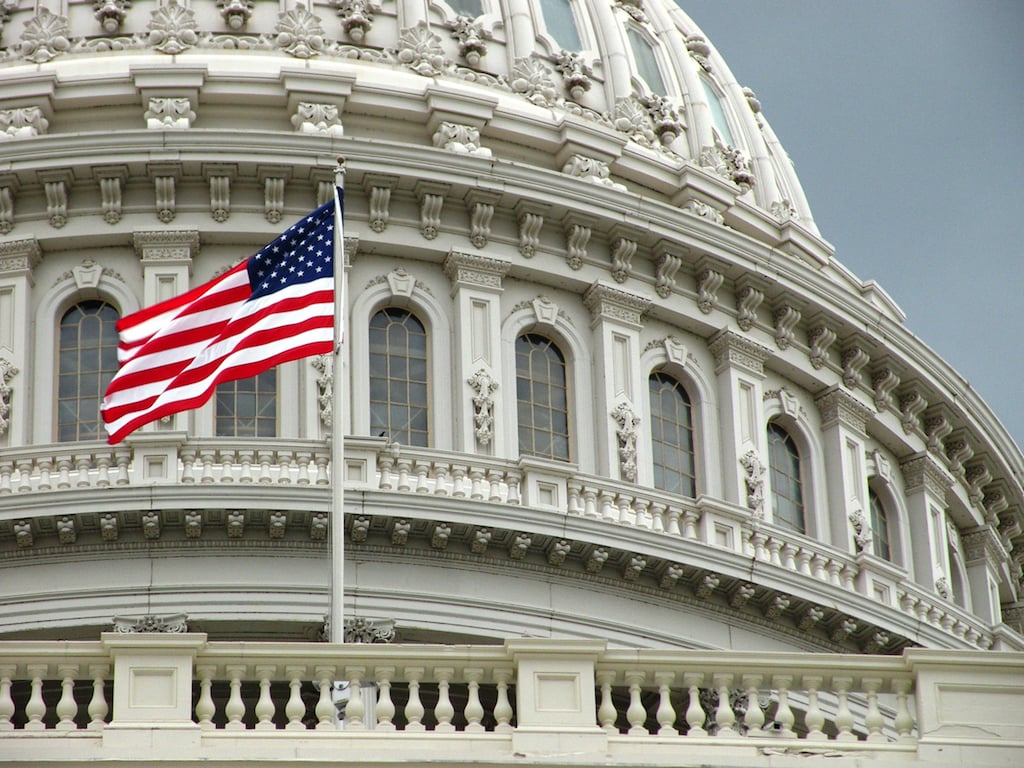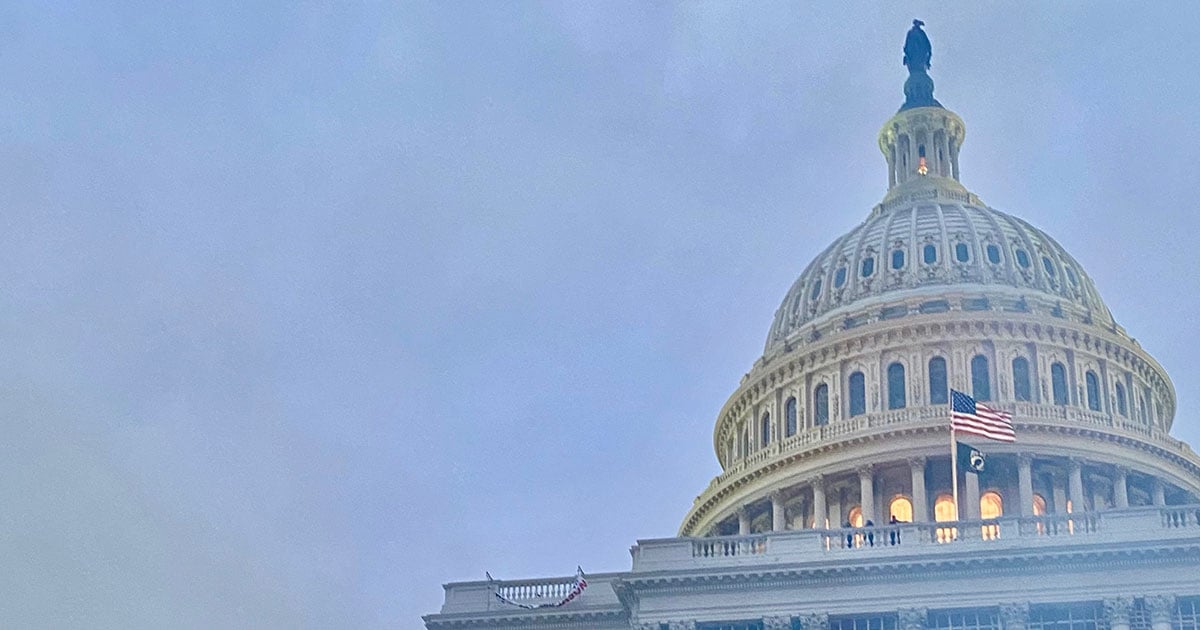Babies are now permitted on the US Senate floor, thanks to a rule change that allowed Senator Tammy Duckworth to bring her newborn daughter, Maile Pearl Bowlsbey, with her to vote. Duckworth’s “no” on the confirmation of Jim Bridenstine as NASA administrator didn’t affect the final outcome of the party-line vote, but bringing Maile into the upper chamber made the strictly codified Senate more inclusive for working mothers. While babies can now appear on the Senate floor, the list of prohibited items and behaviors is still lengthy and occasionally bizarre. Washingtonian scoured the most recent publicly available rulebooks and precedents of the Senate and the House—the two governing bodies follow separate protocols—for some examples.
Children over the age of 1 (Senate): after some senatorial nitpicking over the details of the rule change, floor privileges were restricted to the children of Senators, and only those under 1. This differs from the House, where the children of members are permitted on the floor no matter their ages.
Flowers (Senate): As of 1905, flowers were officially disallowed in the Senate Chamber. There is, however, one exception: in the case of the death of a senator, the majority and minority leaders can decide to allow a flower display on his or her desk—but only on the day eulogies will occur. The Senate made use of this loophole when it commemorated former Hawaii Senator Daniel Akaka by placing a lei on his old desk.
Foods and beverages other than water (both chambers): New US Representative Conor Lamb was recently stopped at the door to the House Chamber when he tried to bring coffee onto the floor, according to Politico reporter Heather Caygle. In the Senate, food and drinks are also prohibited, except for water, which Senate pages serve, and milk, which one senator is said to have specifically requested during a recent filibuster. Members of the House, however, aren’t allowed to enjoy a nice glass of milk.
Permanent portraits of individuals who have died fewer than 25 years ago: This rule, one of a set of requirements for “permanent or semi-permanent artwork” attached to the “walls, floors, or ceilings” of public spaces of the Senate wing of the Capitol as well as the Senate office building, means that even if Congress really wanted to honor, say, Eazy-E or Orville Redenbacher, they’d have to wait till 2020.
Hats and hoods (both chambers): Hats were forbidden in the House in 1837, presumably when top hats went out of style, but hoods didn’t make it into the rulebook until 2012. Hats are also barred in the Senate, but there are a few highly-specific exceptions. Women—but not men—in the Senate galleries can don whatever fascinator or fedora they please.
Pants without blazers (Senate): When wearing pants (but not necessarily dresses or skirts), a blazer is required in the Senate. House rules call for “appropriate attire.”
May have to vote today.Maile’s outfit is prepped.Made sure she has a jacket so she doesn’t violate the Senate floor dress code requiring blazers.Not sure what the policy is on duckling onesies but I think we’re ready pic.twitter.com/Phj6ZAFyKW
— tammyduckworth (@TammyDuckworth_) April 19, 2018
Assault, “warm words,” or “personalities” (both chambers; specifics vary): policymaking can get heated—in 1853 Senator Charles Sumner was attacked with a cane by his colleagues—so the House codified protocol for if it occurs. Representatives who’ve fought have to promise not to further their disagreement on the floor or discuss their issue with the Speaker of the House. If they don’t comply, Jefferson’s Manual advises members be “put under restraint.” While the Senate rulebook doesn’t use the same language, there is a prohibition against maligning colleagues that sparked a media firestorm when the rarely employed Rule 19 was used to silence Senator Elizabeth Warren as she read aloud Coretta Scott King’s criticism of Jeff Sessions.
Personal electronic devices (both chambers; specifics vary): all personal electronic devices are barred in the Senate chamber, although some lawmakers have been known to sneak them in. House rules forbid the use of cell phones and laptops, but tablets were allowed as of 2011.
Smoking (both chambers): Just like in airplane bathrooms, smoking is prohibited on the floor.
More than one attorney of someone under ethical investigation (House): Sorry, you can’t bring your whole legal team if the House is contemplating a Committee on Ethics recommendation about you. Some exceptions may be made for impeachment trials held in the Senate.
Spitting during someone else’s speech (in the House): Jefferson’s Manual prohibits politicians from “hissing, coughing, [or] spitting” when someone else is addressing the House. There are no references to spitting in the Senate rulebook.
How are all these rules enforced? Given the arcane nature of some of these regulations, it’s complicated. Many fall to the offices of the Senate and House sergeants at arms, while behavioral rules like Rule 19 can be utilized by politicians themselves. In the case of uncertainty or disputes, the House and Senate parliamentarians, Sergeant-at-arms offices, Senate Committee on Rules & Administration, or Speaker of the House’s office delve into the chamber’s precedents and issue a definitive ruling.



















